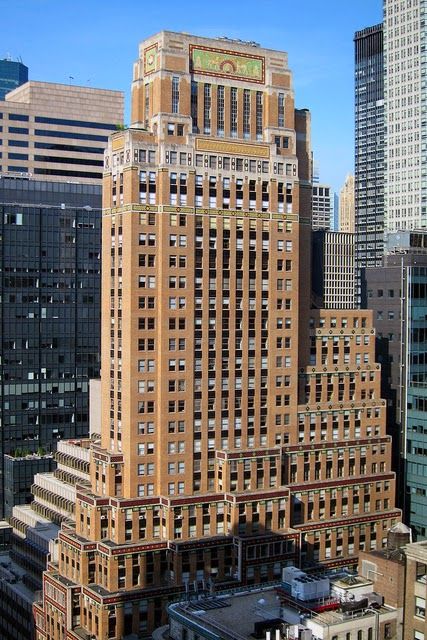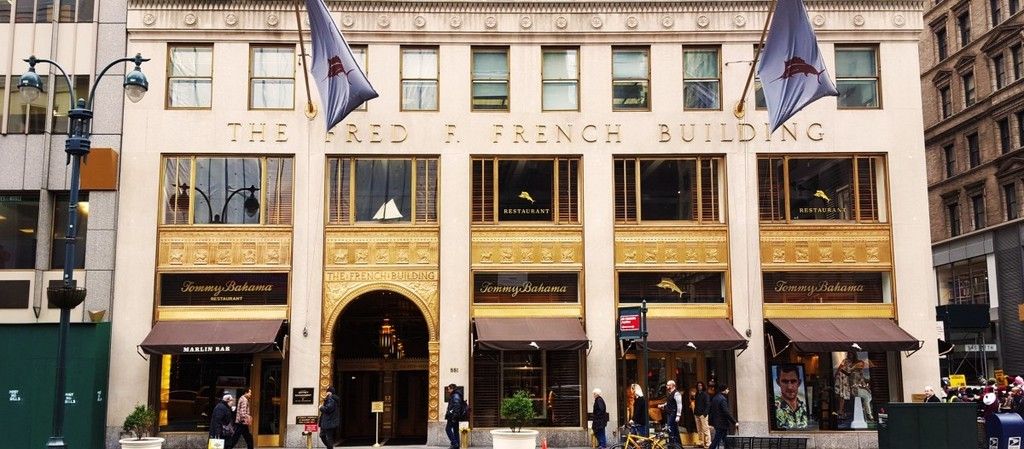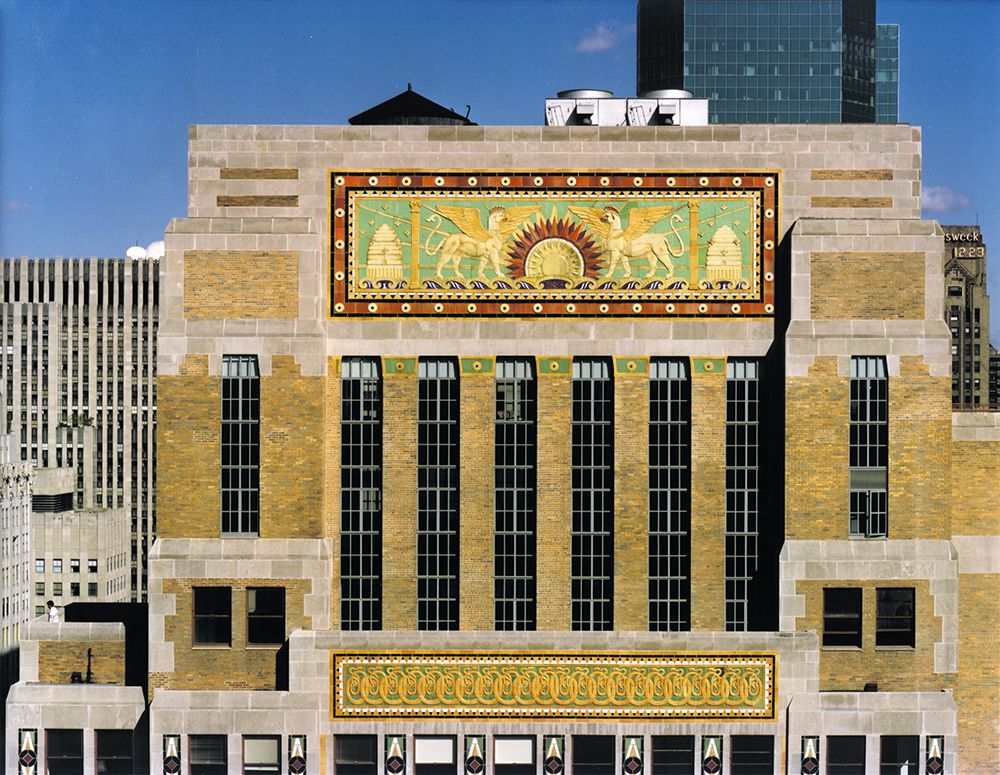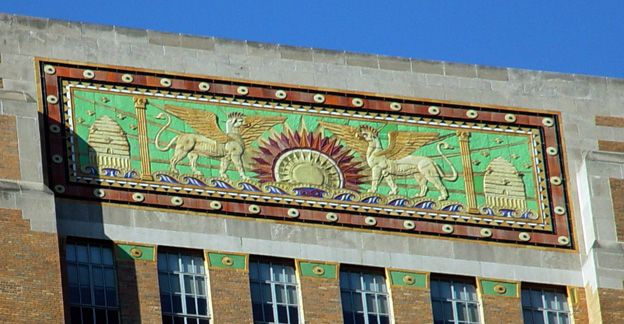MikeKardec
One Too Many
- Messages
- 1,157
- Location
- Los Angeles
I used to work with a guy who was involved with the incident that may have inspired "The Body." As he told it to me, he and several friends were swimming in an abandoned quarry, and one of them was killed when he dived in and hit an outcropping of rock. His body then sank to the bottom of the quarry and the water was so clear they could see it and do nothing about it. They spent almost the whole night debating what they ought to do.
This all happened one town over from the town where Stephen King would later teach high school, and he had to have heard about it -- it became a local legend.
King is NOTORIOUS for taking personal 'what ifs' and turning them into very inventive ideas to be explored in his fiction. If you are up on current non fiction, psychology, science, etc publishing you can easily tell what he's been reading because he's very fast at taking inspiration. I'm guessing you are correct in you assumption and I find it intriguing that the 'boy at the bottom of the lake' didn't inspire something significantly weirder, it's such a sad but evocative story.







